Gray mold on begonia plants results from a fungal infestation. The Botrytis cinerea fungus survives in previously infected plant debris as densely packed structures called sclerotia, so it is important to destroy the area that is infected. Gray mold threatens begonias throughout the active growing season and particularly in the enclosed area of the home where houseplants might be grown. As soon as you notice signs of gray mold, remove the infected plant parts. Discourage the disease by spacing begonias to provide adequate air circulation and watering them at soil level early in the day to keep the foliage as dry as possible. Low-nitrogen fertilizer applied weekly at one-quarter strength keeps the plants vigorous without overly stimulating mold-enticing, tender new growth. During cool, humid weather, chlorophyll or mancozeb fungicide applications spaced 10 days apart protect healthy begonias from gray mold attacks.
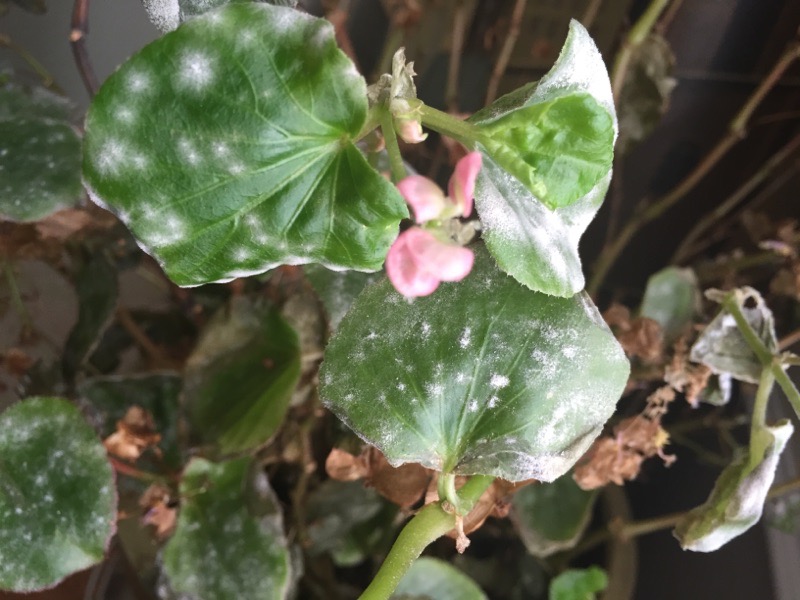
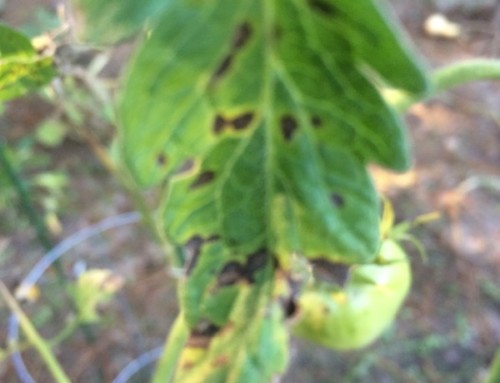
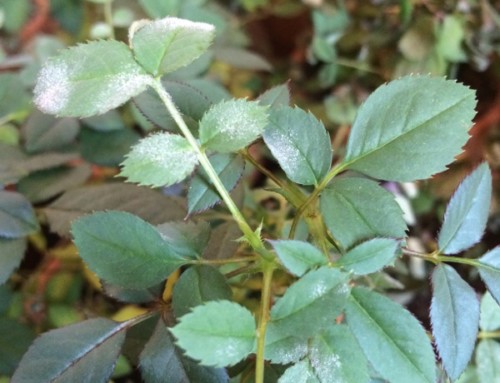
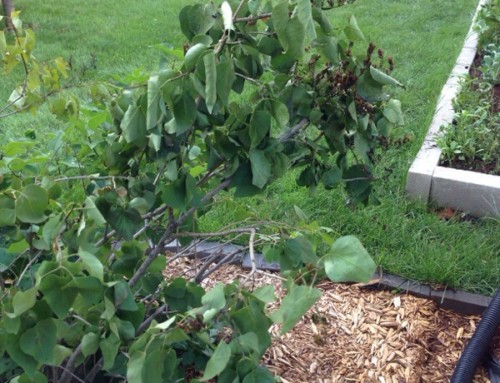
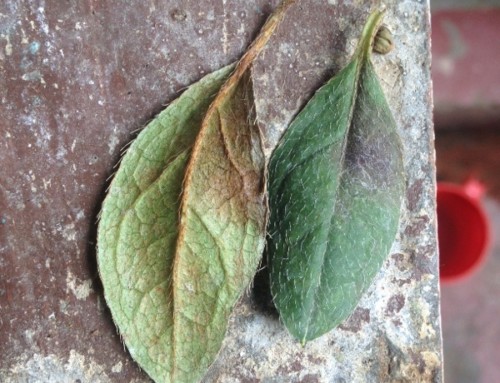
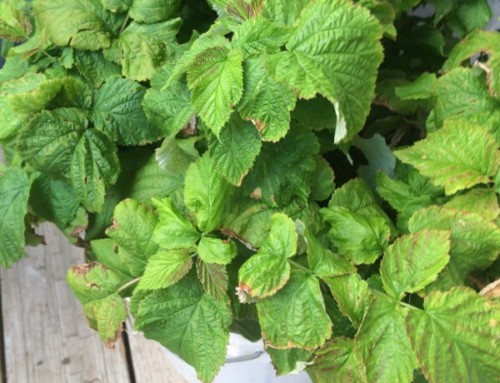
Leave A Comment